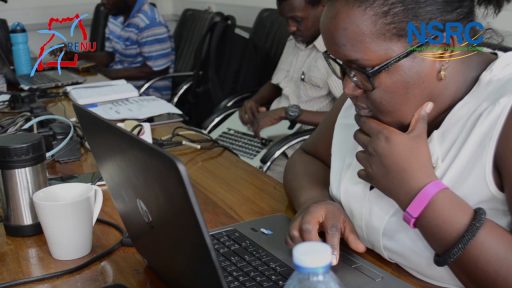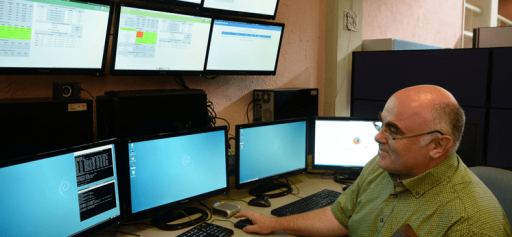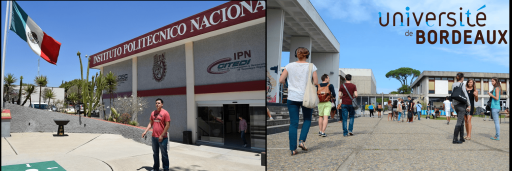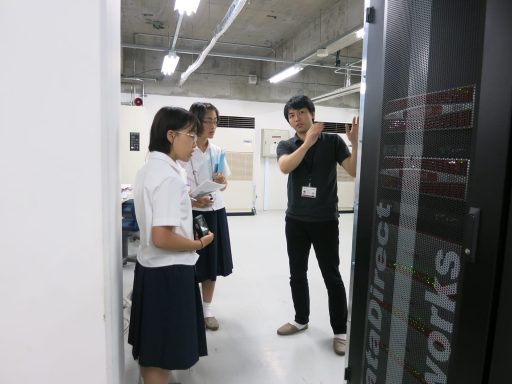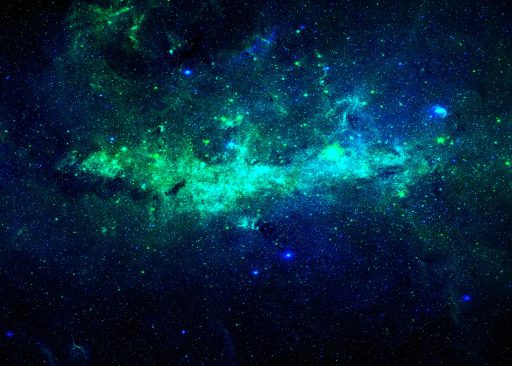Slovenian researchers analysed various aspects of the biology of extremophilic fungi, which can act as pathogens that are harmful to humans and used the same methods in their winning solution in data mining for the European Space Agency.
Something the general public is unaware of is that several Swiss research groups were instrumental in proving the existence of the Higgs boson, and all of them rely on SWITCHlan to transfer data.
Meet the Network Startup Resource Center, NSRC, collaborating with emerging research and education networks across the globe to extend the reach of the Internet.
When you build a national e-network connecting students and researchers, you usually start out by burying fibre, and buying and installing equipment. But what do you do, if none of that is possible? You focus on making a difference for your users, and that is exactly what the American University of Beirut has been doing.
1200 researchers from all over the world visit the Brazilian city of Campinas near Sao Paolo every year, to work at the National Laboratory for Synchrotron Light, LNLS. Among other things, synchrotron light has been essential for the production of new drugs, fertilizers, cell analysis, the study of different types of soil and new sources of energy.
The control room is the first installation of its kind in America that can operate telescopes and fluorescence detectors at a distance, from Mexico to Argentina. It also maximizes usages times and optimizes the transmission of scientific data.
In 2009, NASA launched the Kepler space observatory to discover Earth-size planets orbiting other stars. For four and a half years, Kepler photographed a small 10-by-10 degrees section of the sky, taking snapshots each minute. “This is a goldmine of data, and we won’t see anything quite like it in the foreseeable future,” explains Rasmus Handberg from the Stellar Astrophysics Centre at Aarhus University, Denmark.
Mexican student Abraham Montoya Obeso discovered the advantages of eduroam during his stay at the University of Bordeaux in France.
Genetics researchers around the globe have access to a comprehensive record of all sequenced DNA, thanks to an international effort to share massive amounts of information between databases in Japan, the United States, and Europe.
Astronomy has come a long way from the days of Galileo Galilei looking through a telescope to the skies. Major science infrastructures such as the Hubble Space Telescope and telescope arrays, including the forthcoming Square Kilometer Array, create huge amounts of research data for scientists across the world to explore and explain the cosmos.
“With the world’s population estimated to reach 9.6 billion by 2050, making staple foods – wheat, grains and rice – higher yielding, more resilient to climate variability and more nutritious is vital. We can’t delay. Collaboration on a global scale is needed to produce the bulk of the food in the world, or there’ll be problems,” said researcher Professor Barry Pogson.
Answering questions about the origins of Greek culture and athletics are at the heart of the Mt. Lykaion Excavation and Survey Project in Arcadia, Greece. Collaborative efforts within the R&E networking community have helped make the lives of the many archeologists in the field easier by bringing high-speed internet to the site.




